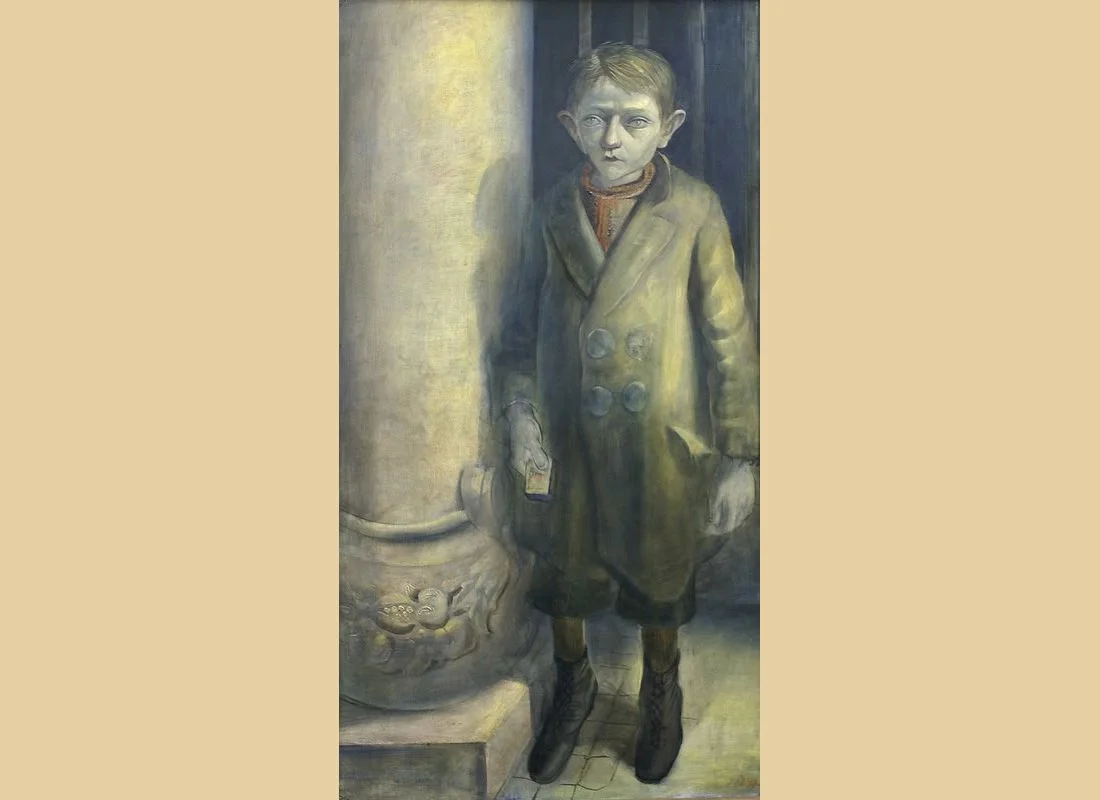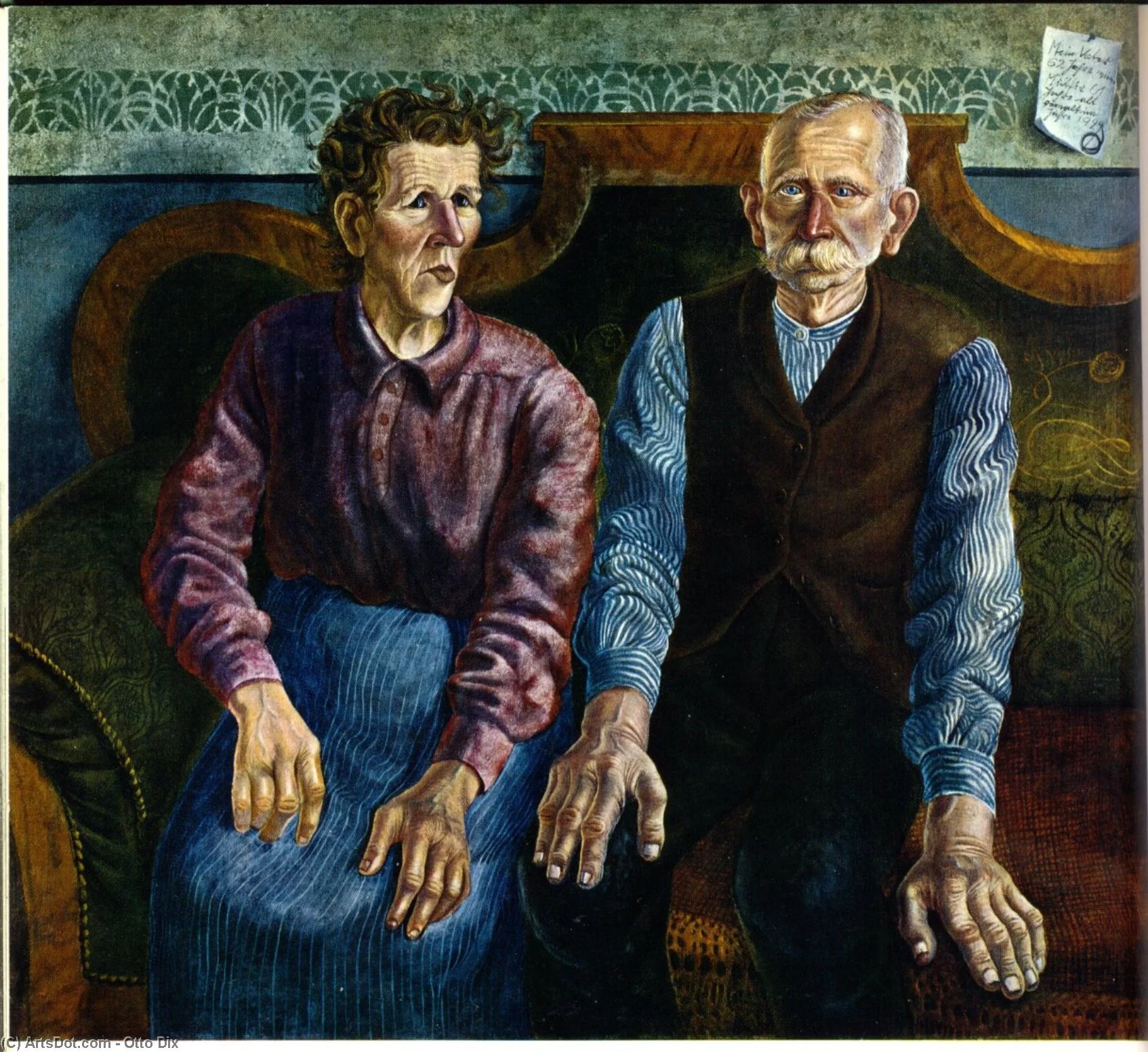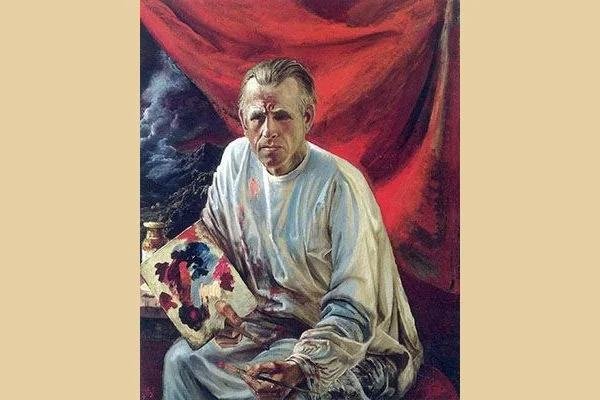Otto Dix; Painting vs Photography
Born in 1891, Otto Dix is probably best remembered for his depictions of the horrors of the First World War and its aftermath. But it’s his portraits that interest me for their striking objectivity.
Shortly after the outbreak of WW1, Dix volunteered for active service. He stated that he needed to experience life in all its gory detail for himself and in doing so, was following the teachings of Freidrich Neitsche and his philosophy of chaos, destruction and rebirth. He was trained as a machine gunner and took part in the grinding trench battles in France and Flanders. In 1917, he saw service in the disastrous campaign in Russia. Dix states that war “is the work of the devil”. He recorded his experiences of war in a series of drawings, sketches and paintings in gouache. He felt that there had been a dimension of reality that had not been dealt with in art - the dimension of ugliness. He once described bomb craters as the eye sockets of the earth.
(Flickr)
Whilst Dix acknowledges that war was a dreadful thing, he thought there was something awesome about it and he didn’t want to miss it at any price. “You had to see people out of control in that way to know anything about man.”
After the war, Dix attended the State Academy of Arts in Dresden. The Weinmar Republic had an estimated 1.5 million war disabled and more than a million war orphans and Dix painted images of all this in his determination to depict the terrible consequences of war.
In February 1923, Dix married and has 3 children whom he painted over and over again. In the early 1920’s Dix began a series of startling portraits including the Match Peddler (2nd version) which was thought to be a masterpiece of objective realism. It’s argued that what distinguishes this painting from photography is Dix’s poetic vision which otherwise might have reduced this image to a cliche.
(Pinterest)
He described portrait painting as one of the most stimulating and challenging tasks an artist can take on. He starts with an exact drawing with the subject in front of him, then transfers the drawing to the canvas with the subject still in front of him and then paints without the subject. With the second portrait of his parents from 1921, Dix is thought to have completed the transition from the expressive style of his earlier work to an objective style.
(Britannica)
“Seeing is the basis of a good portrait, a person’s appearance is always an expression of character, the exterior expresses the interior. In fact, the outside and inside are identical.” He believed that a person’s exterior appearance including the posture always tells the painter something of their inner life.
Self Portrait (1942) (The Art Story)
“It is one those arrogant and naive fallacies put about by the modernists that portrait painting has been replaced by photography. Photography can never record more than a moment. It can never create forms that are specific and personal, for this capacity requires the artistic powers and intuition of the painter. A hundred photographs of a person will only produce a hundred snapshots, but never the phenomenon as a whole, only the painter can do this.” I’m not so sure about this, but photography has developed a great deal since Dix’s time and has evolved into a powerful medium. The work of Diane Arbus and Imogen Cunningham comes to mind.
Lawyer Fritz Glaser (wikiart)
“When painting a portrait, it is best not to know the subject at all, I don’t want to know him, I only want to see what is there, the outside. The inside follows automatically, it is reflected in what you see”. He believed that if you know a person too well the eye loses its impartiality. “The first impression of a person is always the right one.” He said that after completing a portrait he may change his mind about the subject but that doesn’t bother him. For him, the first impression has to be retained in its original freshness, if he works on a portrait for too long, he might “smooth out the rough edges”.
It’s claimed that in his portraiture and other works, Dix sort to exorcise out all his war experiences for ever.
His work formed part of the Neue Sachlichkeit ("New Objectivity") movement, which also attracted George Grosz and Max Beckmann in the mid 1920s.
References;
“Otto Dix - Controversial Painter of the New Objectivity movement” - womocoCULTURE
TheArtStory




